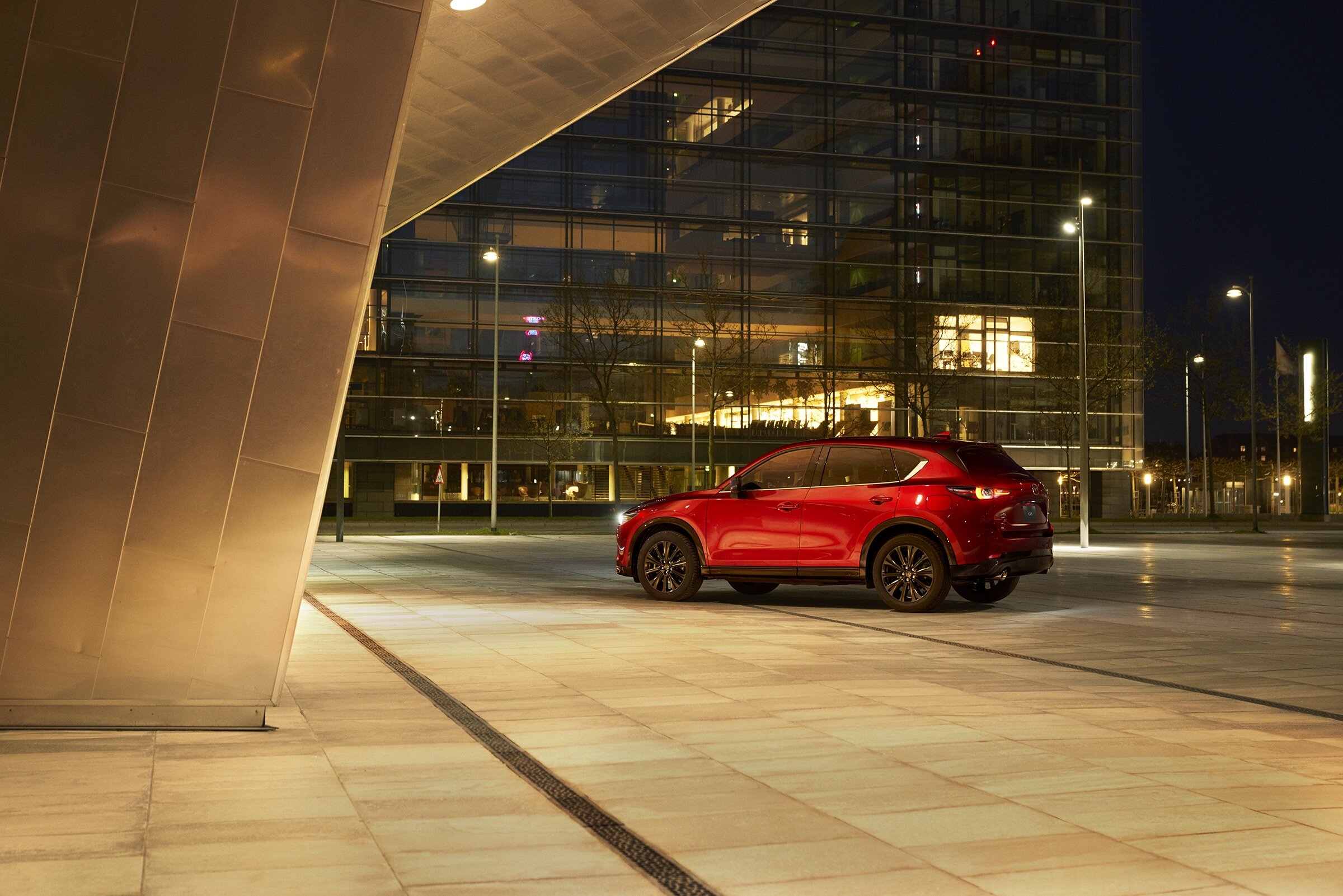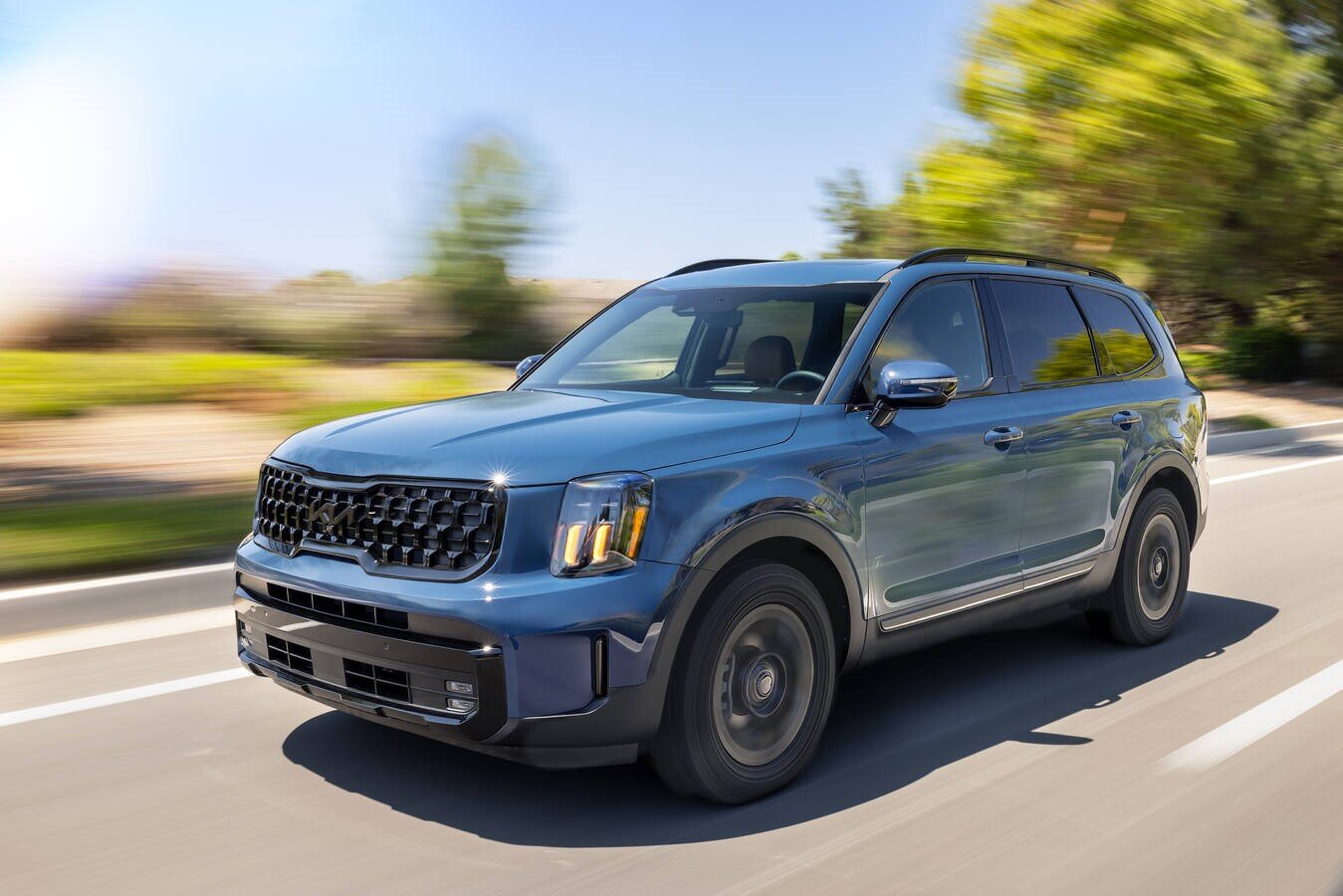The 2025 Electric SUV Showdown: Model Y and Mach-E in the Spotlight
Crossovers are everywhere, but in the electric world, two names keep bubbling to the top: Tesla Model Y and Ford Mustang Mach-E. Both vehicles have matured into their 2025 forms, reflecting years of software updates, hardware tweaks, and lessons from American roads. As someone who’s driven these EVs through the Bay Area’s serpentine hills and bumper-to-bumper gridlock, I can say there’s more than just horsepower separating these rivals. Let's unravel the specs, feel the wheel, and see how they stack up when real-world needs meet electrified ambition.
First Impressions: Familiar Shapes, Sharpened Edges
The Model Y’s silhouette is instantly recognizable sleek roofline, flush door handles, and a minimalist nose. The 2025 update doesn’t reinvent the look but subtly refines it with new wheel options and slightly tweaked lighting signatures. The Mach-E, meanwhile, leans into its Mustang heritage: a longer hood, athletic haunches, and a front grille that actually nods to its gas-powered siblings. Ford has added fresh paint choices for 2025 and optional black-out packages that give it extra attitude.
Walking up to both vehicles side-by-side in a sunlit parking lot, the Tesla feels quietly futuristic while the Ford projects a more traditional, muscle-inspired confidence. The doors on both are still a point of debate: Tesla’s push-to-open handles versus Ford’s stubby e-latch buttons each elicits its own fanbase (and occasional frustration in cold weather).
Specs at a Glance: Numbers That Matter
Tesla Model Y (2025)
- Battery: Estimated 75–81 kWh usable (Tesla doesn’t officially publish battery sizes)
- Range: Up to 330 miles (Long Range AWD), 279 miles (Performance), per EPA estimates
- Powertrain: Dual-motor AWD or single-motor RWD
- Acceleration: 0–60 mph in 3.5–4.8 seconds (Performance vs Long Range)
- Charging: Up to ~250 kW on Tesla Supercharger V3
- Price range (as of spring 2024): $44,000–$54,000 before incentives
Ford Mustang Mach-E (2025)
- Battery: Standard Range (~72 kWh usable), Extended Range (~91 kWh usable)
- Range: Up to 320 miles (California Route 1 ER RWD), 260 miles (GT Performance AWD), per EPA estimates
- Powertrain: Single-motor RWD or dual-motor AWD
- Acceleration: 0–60 mph in ~3.7 seconds (GT Performance Edition), ~6 seconds (Standard AWD)
- Charging: Up to 150 kW DC fast charging
- Price range (as of spring 2024): $43,000–$62,000 before incentives
Direct rivals include the Hyundai Ioniq 5, Kia EV6, Volkswagen ID.4 and for some buyers, even gas-powered mainstays like the Toyota RAV4 or Honda CR-V Hybrid.
Behind the Wheel: Nuances on Asphalt
The first thing you notice in the Model Y is silence almost eerie at low speeds. The faint whir of the motors is barely audible over the muted click of climate controls and the occasional whisper from aero-optimized mirrors. Steering is light but precise; it feels almost video-game smooth around city corners. The ride leans firm a result of low-profile tires and stiff suspension but it never jars over potholes as much as early Teslas did.
The Mach-E offers a different flavor entirely. It’s sportier than you might expect from a Ford crossover especially in GT trim with steering that weights up nicely as you push through curves on Highway 1. There’s more road noise here than in the Tesla; not intrusive, but enough to remind you of your speed on rougher pavement. The throttle response is immediate but less abrupt than Tesla’s sometimes-on/off feel a detail I appreciate during rush hour merges.
Both cars deliver instant torque that makes stoplight getaways addictive. The Model Y Performance can genuinely pin you back in your seat; Mach-E GT is only slightly less dramatic but feels more composed when hustling through twisty roads.
Inside the Cabin: Where Buttons Meet Big Screens
Tesla’s interior philosophy is well known by now nearly everything funnels through a single landscape-oriented touchscreen planted atop a bare dash. The steering wheel feels weighty yet minimalistic. There are no instrument clusters or head-up displays; everything from speed to wiper controls lives on that center screen. I’ll admit there’s satisfaction in how quickly you acclimate to this setup though adjusting wipers or climate while driving still demands more attention than I’d like.
Ford takes a hybrid approach. The Mach-E offers both a large vertical touchscreen and a slim digital gauge cluster behind the wheel a welcome nod for those who want essential info at a glance. Physical controls aren’t extinct here: there’s a tactile volume knob and dedicated climate buttons below the screen that click with satisfying precision. Material quality is generally higher than early Teslas; soft-touch surfaces abound, though some hard plastics remain if you look closely.
Both vehicles offer expansive panoramic glass roofs that flood cabins with light but only Tesla’s opens for ventilation. Seats in both are heated up front; ventilated options remain unavailable for U.S.-spec Model Ys as of this writing.
Cargo Space and Everyday Utility: Not Just for Groceries
Tesla’s hatchback opens wide to reveal an impressive cargo hold officially around 30 cubic feet behind the second row, expanding to over 70 with seats folded flat. The frunk adds bonus storage for gym bags or groceries. Ford’s Mach-E matches closely with about 30 cubic feet behind the second row and roughly 60 with seats down; its frunk is smaller but drainable handy for ice or muddy boots after a weekend hike.
Neither vehicle offers true third-row seating except for Tesla’s optional (and cramped) seven-seat configuration. For most families of four or five and their gear both crossovers handle Costco runs and camping trips without complaint.
Charging Up: Fast Lanes and Frustrations
This is where ownership experience diverges sharply. Tesla’s proprietary Supercharger network remains unmatched for reliability and coverage across North America especially along interstates and major urban corridors. Plugging in is seamless; no apps or cards required if you’re driving a Model Y.
The Mach-E relies on Ford’s BlueOval Charge Network a patchwork of third-party chargers aggregated into one app experience. It covers most metro areas but falls short on speed and availability compared to Tesla's setup, especially in rural stretches between Sacramento and Reno where I’ve had to detour for an open plug more than once.
Both cars now support Plug & Charge features for quick authentication at compatible stations but only Tesla guarantees max charging speeds at every branded location.
Batteries, Range Anxiety & Real-Life Efficiency
EPA figures are useful guideposts but seldom match real-world results especially with hills or AC running full blast during California summers. In my testing across mixed city/highway routes:
- The Model Y Long Range delivered about 290–310 miles per charge depending on conditions just shy of its EPA rating but competitive with anything else out there.
- The Mach-E Extended Range hovered around 270–295 miles per charge; cold weather dents this by up to 15% as with most EVs.
Tesla continues to lead on efficiency metrics thanks to software wizardry and lightweight construction; however, Ford has closed much of this gap over successive model years via over-the-air updates.
Sustainability & Manufacturing Footprints
Tesla touts vertical integration from battery cell production at Gigafactories to streamlined shipping logistics as core sustainability advantages. Its Fremont plant now incorporates recycled materials into seat fabrics and trim panels. Ford assembles U.S.-bound Mach-Es in Mexico using batteries sourced from various global suppliers; it offers an available vegan interior package but has not matched Tesla's level of supply-chain transparency yet. Neither car uses rare earth metals in their main drive motors anymore a quiet but important shift toward responsible sourcing that often goes unnoticed outside industry circles.
The Cost Equation: Incentives & Ownership Trends
Sticker prices have fluctuated wildly amid supply chain swings since COVID-era disruptions Tesla especially has adjusted pricing multiple times per year. As of mid-2024:
- Tesla Model Y starts at about $44k before options/incentives; higher trims breach $50k easily.
- Mach-E undercuts base Teslas slightly ($43k) but climbs rapidly when adding all-wheel drive or extended range batteries.
Both qualify for federal EV tax credits as of this writing (subject to battery sourcing rules), though check current eligibility before signing paperwork. Insurance costs remain higher than equivalent gas crossovers due mainly to parts pricing for both models. Notably, used EV prices have begun stabilizing after wild spikes seen during inventory shortages the market is maturing as more Americans consider electric daily drivers instead of weekend novelties.
Sizing Up Rivals and Gas-Powered Holdouts
The Hyundai Ioniq 5 stands out for ultra-fast charging and unique styling; Kia's EV6 brings sportier dynamics at similar price points. Volkswagen ID.4 remains value-focused but lags on performance metrics. For those still wedded to gas engines or worried about road-trip charging gaps the Toyota RAV4 Hybrid offers unbeatable range-per-dollar despite lacking plug-in capability or all-electric torque thrills. No single EV crossover checks every box perfectly yet but we're seeing annual leaps that make each new comparison worth revisiting.
The Verdict: Which One Makes Sense?
If seamless charging access and software-driven efficiency matter most and you're comfortable with touchscreen-centric controls the Model Y remains tough to beat for American buyers prioritizing road-trip ease. The Mach-E counters with engaging dynamics, friendlier cabin ergonomics, more traditional design cues and enough range/charging speed for most suburban commutes. Both offer compelling pathways into an electric future that feels closer every year even if neither car solves every pain point just yet. A decade ago these choices didn’t exist outside niche luxury brands; now they’re poised to replace Camrys and Explorers as default family haulers. As always, test drive both before deciding the right fit depends as much on personal quirks as published specs.

